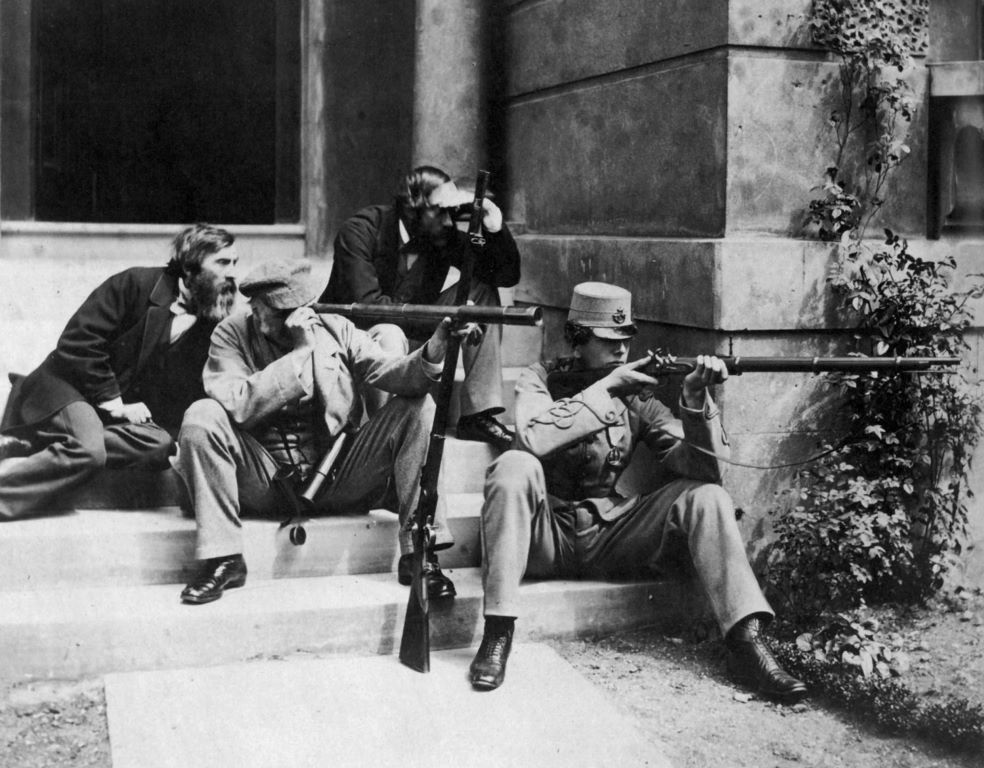Friday 24 December 2010
Ron Brownson
Article Detail
Of all the English photographers of the nineteenth century, Roger Fenton is among the most inventive. Fenton (1819-1869) is a key figure who really intrigues me. He was a pioneer in many of the genres of photography - portraiture, still life, architecture, topography, orientalist subjects and war reportage.
Fenton’s coverage of the Crimean campaign (1855) is without equal; he somehow managed to make over 350 wet plate negatives there. The images he took of collection items held in the British Museum - including the articulated skeleton of aMoa sent from the Canterbury Museum – are the first impressive photo-records taken of any museum’s collection. His portraits of Queen Victoria’s family are more intimate than those taken by his competitors.
This group of three family portraits is especially interesting because it mixes upFenton’s portraiture with his knowledge of military prowess and the use of small arms, with formal portraiture. There is nothing else like these portraits in early English photography. They are almost like prototypical news photos.
Horatio Smith and his son were the most distinguished proponents of small arms fire in England. Their skill in target shooting was legendary. Fenton's ability to mix formality and informality is astonishing. This was one of the reasons that Queen Victoria and Prince Albert were such avid collectors of his photographs.


